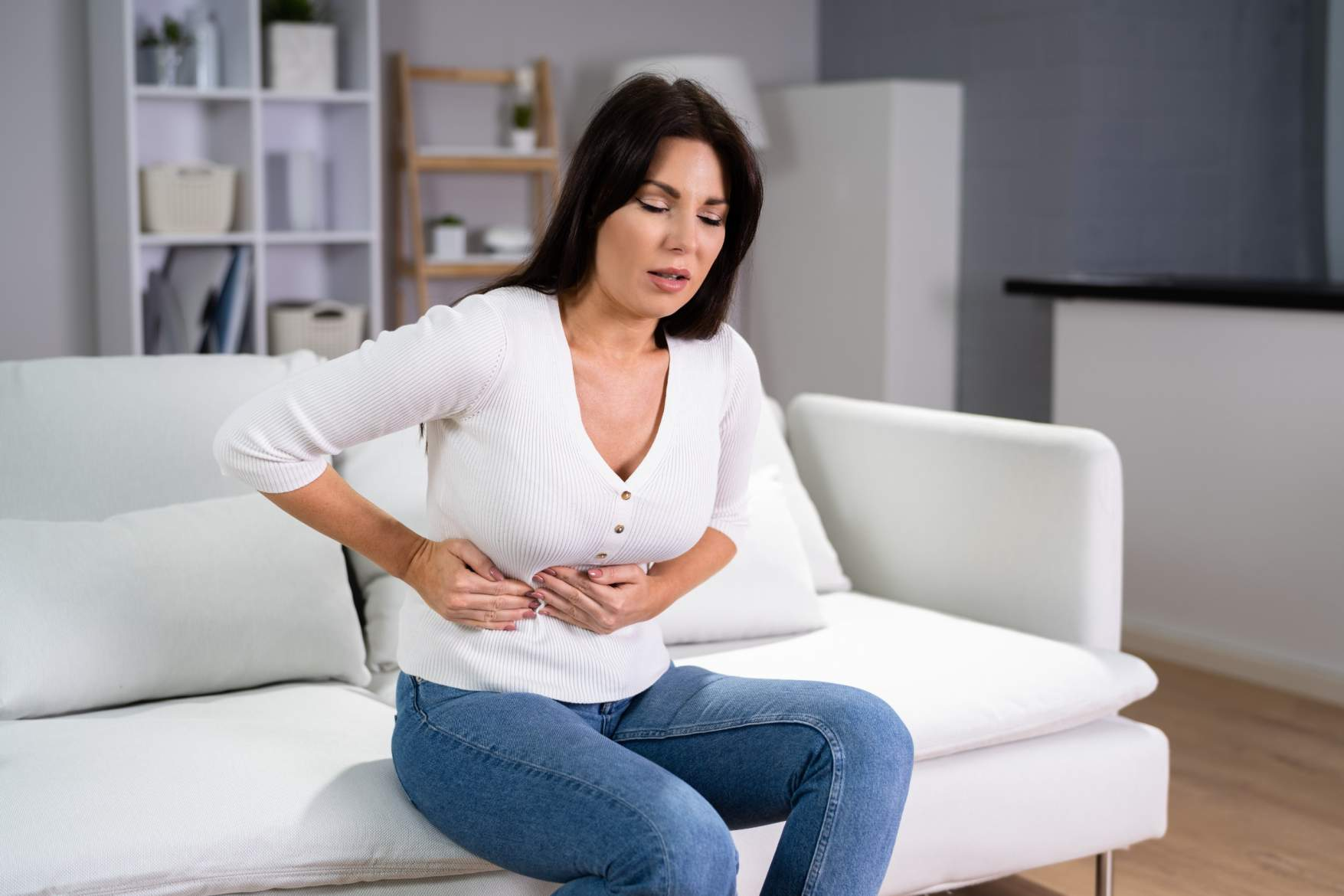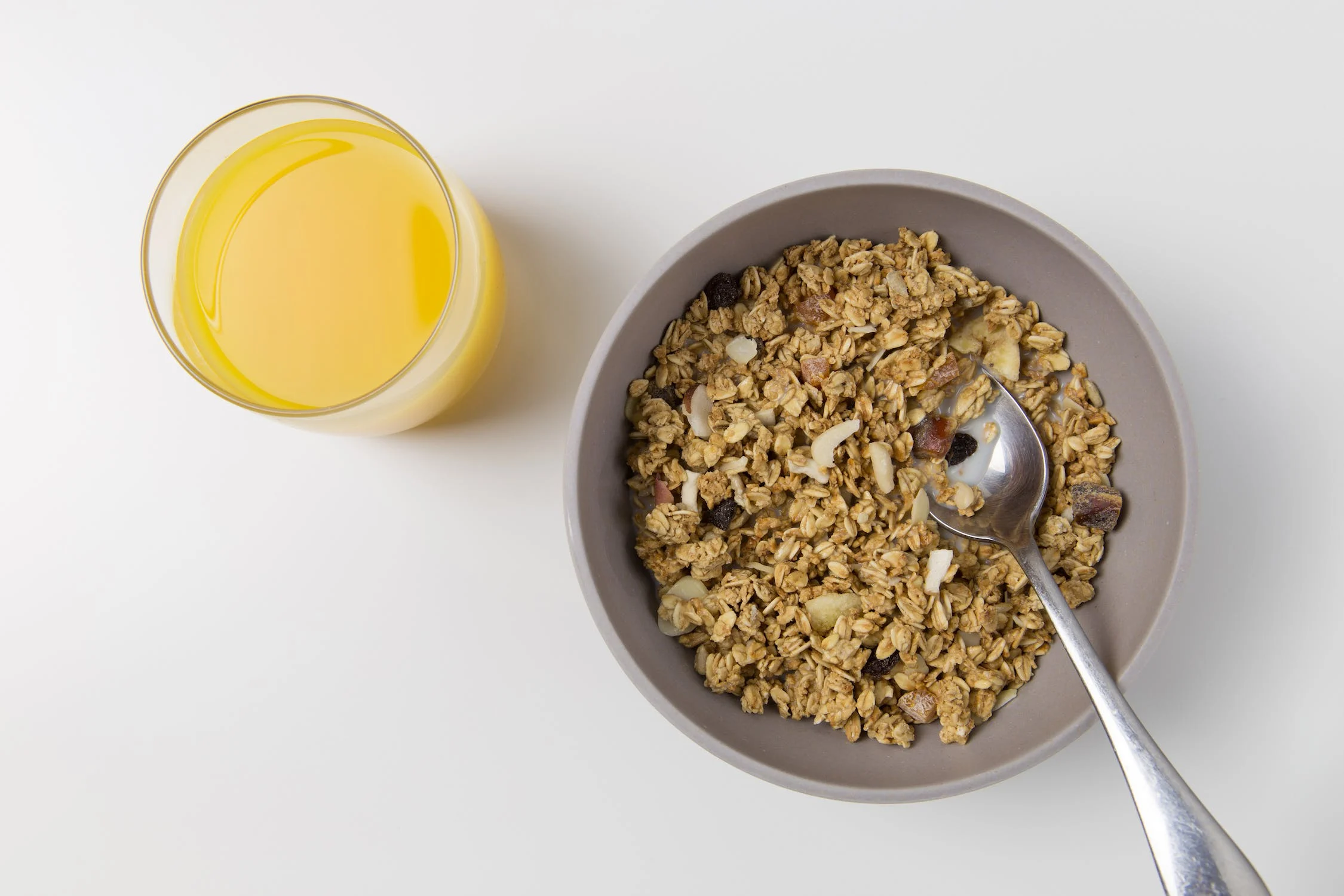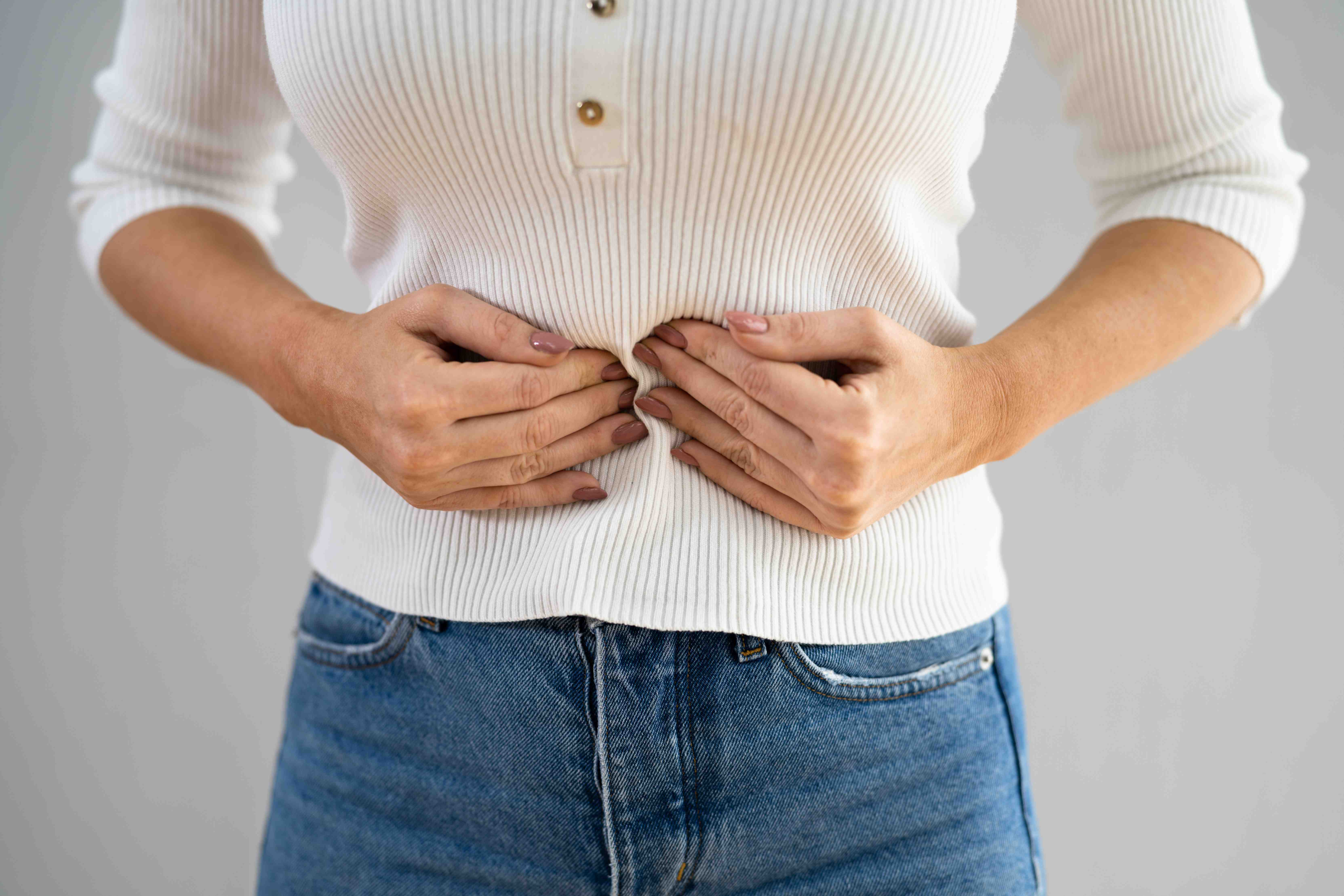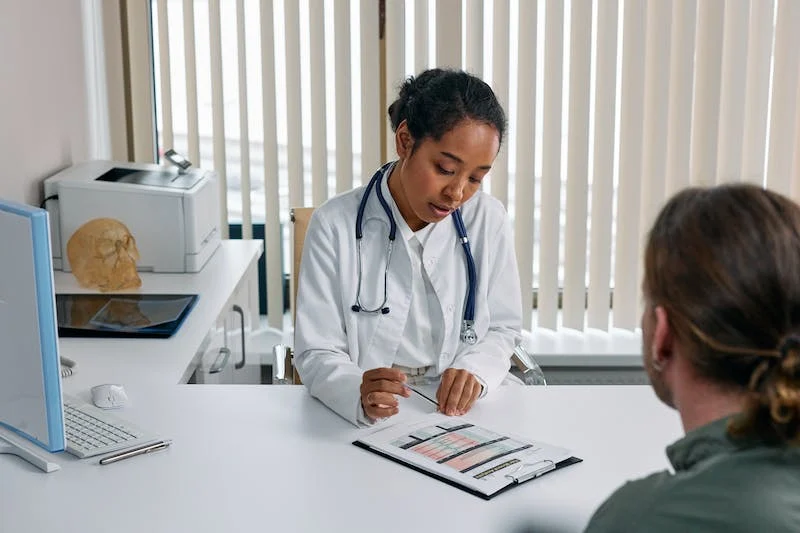AN OVERVIEW OF DIVERTICULOSIS: WHAT IS IT?

1.1 Diverticulosis
Diverticulosis and diverticulitis are health conditions in your digestive organ or large intestine (colon). Together, they are known as diverticular infections. Both offer the normal element of diverticula. Diverticula are at least one pocket or lump that structures the mass of your colon.
Diverticula resemble extended regions or air pockets that form when you fill the inner tube of a bicycle tire with air. The expansion in tension caused by the air being siphoned into the inner tube makes the air pocket structure where the rubber is the most fragile.
Likewise, an expansion in pressure inside the colon causes pockets or lumps (diverticula) to shape in the debilitated regions of your colon's walls.
Diverticula can range in size from pea-sized to much bigger. Although they can frame any place in the inner lining or covering of your colon, they are most generally found on your lower left side, in the S-shaped portion called the sigmoid colon.
1.2 Diverticulosis Vs Diverticulitis
Diverticulosis is the presence of small lumps or pockets (diverticula) in the colon. These lumps or pockets normally have no side effects and do not need to be treated. However, it is worth noting that diverticulosis can prompt diverticulitis.
Diverticulitis is inflammation (expanding) and infection in at least one diverticula. You might feel pain, nausea, fever, and side effects. This is a significantly more serious and possibly more dangerous condition than the one above.
1.3 The Rate of Diverticulosis
Diverticulosis is extremely common in Western populations and happens in ten percent (10%) of individuals over age forty (40) and in half of the individuals over age sixty (60). The pace of diverticulosis increments with age, influencing nearly everybody over age eighty (80).
1.4 Vulnerable Groups to Diverticulosis and Diverticulitis
You are at risk hazard of diverticular illness (diverticulosis or diverticulitis) on the off chance that you:
-
They are more than 40 years old.
-
Are male.
-
Are overweight.
-
Eat a low-fiber diet. Avoid eating many natural products, such as beans, vegetables, bread grains, and nuts.
-
Eat a diet high in fat and red meat.
-
Don't exercise or do any physical activities at all.
-
Consume nonsteroidal anti-inflammatory medications (NSAIDs), like aspirin, ibuprofen (Advil®, Motrin®), and naproxen (Aleve®); steroids; or narcotics.
-
Smoke.
1.5 Causes of Diverticulosis and Diverticulitis
Medical experts are unsure what causes diverticulosis. However, they believe it is caused by not eating sufficient fiber.
Not eating sufficient fiber causes the buildup of waste (constipation) in your colon. Stoppage overwhelms the walls of the colon. This expanded pressure causes the little pockets — the diverticula — to shape into weak regions in your colon.
Once more, researchers don't know what causes diverticulitis, yet they think the disease begins because of the microscopic organisms in stool that get driven into the diverticula. Another hypothesis is that the walls of the actual diverticula disintegrate from the expanded pressure on the colon walls.
1.6 Symptoms of Diverticulosis
Generally, diverticulosis causes no problematic side effects. Be that as it may, certain individuals report:
-
Tenderness over the affected area.
-
Mild abdominal cramps.
-
Swelling or bloating.
-
Constipation.
Remember that having at least one of these side effects doesn't mean you have diverticulosis. These side effects are normal side effects of other gastrointestinal issues, for example, irritable bowel syndrome, celiac disease, inflammatory bowel disease, appendicitis, gallstones, and stomach ulcers.
1.7 Symptoms of Diverticulitis
The following are some of the most common diverticulitis symptoms:
-
Pain, tenderness, or sensitivity in the left lower side of your abdomen. Pain can start mild and increase over several days or suddenly. (Pain is the most common symptom.)
-
Fever.
-
Chills.
-
Cramps in the lower abdomen.
-
Constipation or diarrhea (less common).
1.8 Diagnosis and Tests for Diverticulosis and Diverticulitis
Since many people with diverticulosis don't have side effects, it is generally diagnosed and found from different tests for an unrelated reason.
Meanwhile, since the diverticulitis symptoms are more prominent, it's important to be seen by your healthcare provider to get the correct diagnosis.
First, your medical care provider will obtain some information about your clinical history, including your ongoing side effects, the kinds of food you regularly eat, how frequently you defecate, and different questions regarding your bowel movements.
They will also survey any medications you are currently taking. Your medical services provider will also examine your mid-region abdomen for pain and tenderness.
Different tests that might be performed or requested to assist with diagnosing your condition include:
-
Blood test: Your blood is checked for signs of infection, such as a high white blood cell count.
-
Stool sample: Your feces test checks for unusual microorganisms or parasites that could be causing your disease, stomach pain, blood in your stool, loose bowels, or other side effects.
-
Digital rectal exam: In this physical test, your medical services supplier delicately embeds a gloved, greased-up finger into your rectum to feel for any issues in your butt or rectum.
-
CT scan: A CT scan can show infected or inflamed diverticula and also reveal the severity of diverticulitis.
-
Barium enema (also called lower gastrointestinal tract radiography): In this test, a fluid containing barium is infused into your butt. The fluid covers the inside of your colon, which helps make any issues in your colon more noticeable on X-rays.
-
Sigmoidoscopy: In this test, a dainty, adaptable tube with a light on the end is embedded into your rectum and moved into your sigmoid colon. The tube is associated with a camcorder. The camera permits a visual investigation of your sigmoid colon (where most diverticula structures) and rectum.
-
Colonoscopy: This test analyzes the full length of your colon. A slim, adaptable, lit tube with a camera, called a colonoscope, is embedded through your rectum and into your colon. During a colonoscopy, your colon is checked for strange developments, wounds, ulcers, bleeding, or other issues that could cause changes in gut propensities or stomach pain. Tissue tests can be taken, and polyps can be removed.
-
Angiography: Assuming that you have quick, heavy rectal bleeding, this methodology helps find where the draining comes from. During this test, the conduits that supply the colon are infused with an innocuous color that permits the source of the draining to be seen.
1.9 Management and Treatment
If your diverticulitis is mild, your medical care provider will recommend an oral antibiotic, like metronidazole (Flagyl®), trimethoprim-sulfamethoxazole (Bactrim®), ciprofloxacin (Cipro®) or amoxicillin and clavulanic corrosive (Augmentin®).
Until your symptoms improve, rest, over-the-counter pain medications and a low-fiber or liquid diet may be recommended.
You can gradually return to soft food sources when your side effects improve. At that point, your more normal eating routine should incorporate some high-fiber food varieties. You and your medical services supplier will examine the particulars of your therapy plan.
On the other hand, if you have diverticulosis, you probably don't have side effects and don't require treatment. Since diverticulosis could prompt diverticulitis, you should eat a diet high in fiber as a preventive measure. This means eating more fruits, vegetables, grains, nuts, seeds, beans, and legumes and less red meat.
As such, there is a particular way to go about diverticulosis and diverticulitis diet —which we will discuss in this article. Particularly, we will detail the different stages of diverticulosis, must-have food components in the diet, and the general overview of what it's like to deal with diverticulosis.
The Different Stages of Diverticulosis
1. Diverticulitis
Diverticulitis implies that at least one of these frail-walled diverticula has become infected and inflamed.
The doctor must keep the bowels and even the patient very still. An eating routine comprising clear fluids is frequently recommended to guarantee the greatest bowel rest.
Recuperation continues, and the eating regimen progresses to a Low-Fiber Diet, which gradually advances to a High-Fiber Diet after recovery.
2. Quiet, early, and moderate diverticulosis
This is where the vast majority of people are. The doctor might have found a couple or a moderate number of diverticula on colonoscopy as a coincidental finding while evaluating for colon cancer malignant growth.
Since it is simply referenced in passing, no excess of significance might be appended to it. This is a slip-up, as this present time is the opportunity that something should truly be possible.
Remember that diverticulosis is caused by the expanded pressure the colon can apply inside itself. A massive stool forestalls this. Plant fiber, particularly insoluble fiber, is best. These fibers don't create colon gas.
As recorded in the Fiber Content of Foods, the simplest to take are wheat bran grain, amaranth, barley, and others.
3. Quiet but advanced, fixed, and/or narrowed diverticulosis.
Diverticulosis has become so extreme in numerous adults that the colon, simply over the rectum, becomes fixed, turned, or twisted by sinewy tissue inside the entrail wall.
At this stage, the colon is less inclined to be kneaded back to its expected size. Enormous stools can rarely be created, as the only thing that can get past this restricted part of the colon is a more modest, even pellet-like stool.
It merits attempting little dosages of additional food fiber or supplements to see what can be achieved.
Important Note: The objective is to expand the daily fiber to 20, 30, or even 40 grams each day. You would rather not do this at the same time, particularly with exorbitant measures of soluble fiber, as this fiber is the one that, whenever taken extravagantly, advances the bacterial production of innocuous colon gas and flatus. To learn more, go to High Fiber Diet for the full details.
Must-Have Food Components in Diverticulosis Diet

Insoluble fiber
This fiber, otherwise called roughage or bulk, doesn't disintegrate in water, yet it has amazingly clung to the water in the huge entrail. This makes an enormous, delicate, and cumbersome bowel.
It elevates consistency and is by all accounts related to a diminished possibility of getting colon polyps and colon cancer, as we believe malignant growth prompting agents are moved throughout the gut in a faster way.
Moreover, it might advance weight loss and upgrade diabetic control. Food varieties that are high in insoluble fiber are:
-
whole wheat bread and baked goods
-
wheat bran
-
whole grain bread
-
vegetables and fruits, especially the skins
-
peanuts
-
Brazil nuts
-
popcorn
-
brown rice
Fiber Content of Foods provides detailed information on the insoluble fiber content of many foods.
Soluble Fiber
This plant fiber breaks down in the water. In the colon, it feeds the many microscopic organisms or bacteria that flourish there, providing numerous health benefits.
Soluble fibers additionally advance consistency by expanding the development of the colon bacteria. Food sources that are high in soluble fibers are:
-
Oats in any form – cereal, muffins, etc.
-
apples, oranges, grapefruit, peaches, concord grapes
-
prunes, pears, cranberries
-
beans
-
beets
-
carrots
-
sesame seeds
-
psyllium found in dietary supplements and cereals
Fiber Content of Foods provides information on the soluble fiber content of many foods.
Prebiotics
Prebiotics are the generally new sorts of plant fiber that have been shown to advance useful changes in the colon. They are available in specific plant food sources and our prebiotic items. In diverticulosis, all the soluble fiber food varieties and supplements can be healthy additions.
Notwithstanding, on the off chance that a lot of is taken, exorbitant colon gas can happen. There might be squeezes and bulging if caught behind a restricted diverticular colon.
The advice is to take these solid filaments in little, however, expanding sums and checking whether side effects are created.
1.1 Diet for Diverticulosis

Eat a high-fiber diet when you have diverticulitis. Fiber softens the stool and prevents constipation. It can also help diminish pressure in the colon and prevent flare-ups of diverticulitis.
High-fiber food varieties include:
Beans and legumes
Bran, whole wheat bread (or white bread), and whole grain cereals such as oatmeal
Brown and wild rice
Fresh fruits such as apples, bananas, and pears
Vegetables such as broccoli, carrots, corn, and squash
Whole wheat pasta
You should gradually add fiber if you don't have a high-fiber eating routine. This will prevent bloating and stomach distress. The objective is to eat 25 to 30 grams of fiber daily.
Drink about 8 cups of liquid daily. The liquid will help relax your stool. Exercise also promotes bowel movement and prevents constipation. When the colon isn't inflamed, eat popcorn, nuts, and seeds as tolerated.
1.2 Diet for Diverticulosis
During flare-ups of diverticulitis, follow a clear fluid diet or eating regimen. Your doctor will tell you when to advance from clear fluids to low-fiber solids and return to your typical eating regimen afterward.
-
Broth
-
Clear juices such as apple, cranberry, and grape. (Avoid orange juice)
-
Jell-O
-
Popsicles
When you can eat solid food, choose low-fiber foods while healing. Low-fiber foods include:
-
Canned or cooked fruit without seeds or skin, such as applesauce and melon
-
Canned or well-cooked vegetables without seeds and skin
-
Dairy products such as cheese, milk, and yogurt
-
Eggs
-
Low-fiber cereal
-
Meat that is ground or tender and well-cooked
-
Pasta
-
White bread and white rice
After symptoms improve, usually within two to four days, you may add 5 to 15 grams of fiber a day back into your diet. Resume your high-fiber diet when you no longer have symptoms.
Dealing with Diverticulosis: Summary

In summary, your doctor could suggest a diverticulosis diet as part of a short-term treatment plan for acute diverticulitis.
Mild cases of diverticulosis are typically treated with antibiotics and a low-fiber diet. Treatment might also begin with a period of rest during which you don't eat anything by mouth. At that point, you might begin with clear fluids and then move to a low-fiber diet until your condition improves further.
Of course, more serious cases regularly require hospitalization.
Now, remember, your diet starts with only clear liquids for a few days, such as the following: broth, fruit juices without pulp, such as apple juice, ice chips, ice pops without bits of fruit or fruit pulp, gelatin, water, tea or coffee without cream.
As you start feeling better, your doctor will recommend that you slowly add low-fiber foods such as canned or cooked fruits without skin or seeds, Canned or cooked vegetables such as green beans, carrots, and potatoes (without the skin), Eggs, fish, and poultry, Refined white bread, Fruit and vegetable juice with no pulp, Low-fiber cereals, milk, yogurt, and cheese, and White rice, pasta, and noodles.
Get your daily glass of healthy water through the Berkey water filters to make it even healthier.
Black Berkey® Elements dramatically reduce trihalomethanes, inorganic minerals, heavy metals, pharmaceuticals, pesticides, VOCs, petroleum products, perfluorinated chemicals, rust, silt, sediment, radiological, and more.
If you wish to learn more, contact us at (888) 899-3903 and visit our website, theberkey.com, for more information.
← Older Post Newer Post →
